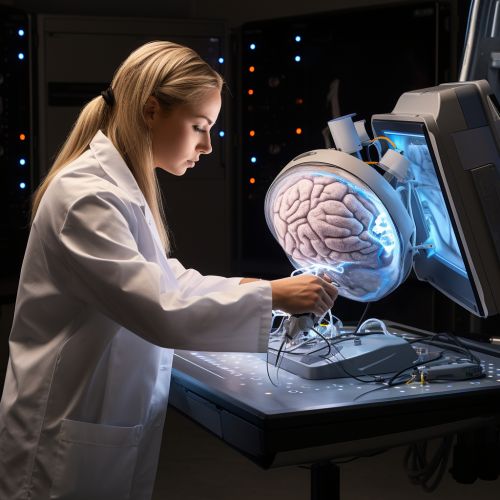Amygdala
Anatomy and Structure
The Amygdala is a small, almond-shaped structure located deep within the brain's medial temporal lobe. It is part of the Limbic System, a group of structures involved in emotion, memory, and behavior. The amygdala is composed of several nuclei, or groups of neurons, each with distinct functions. These nuclei include the lateral, basolateral, basomedial, and central nuclei.
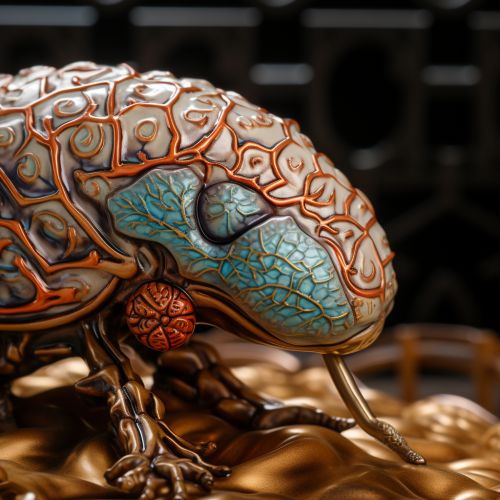
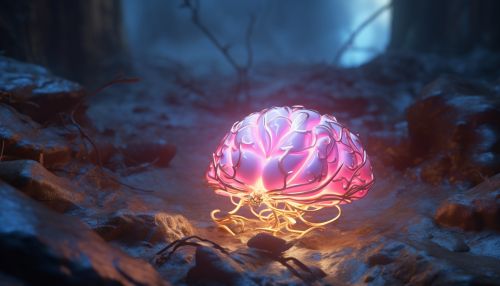
The amygdala receives inputs from various brain regions, including the prefrontal cortex, thalamus, and hippocampus. It sends outputs to the hypothalamus, brainstem, and various cortical areas. This extensive connectivity allows the amygdala to play a crucial role in processing emotional information and coordinating emotional responses.
Function
The amygdala is best known for its role in the processing of fear and anxiety. It is involved in the formation of fear-related memories and the generation of fear responses. For example, when a person encounters a threatening situation, the amygdala triggers a series of physiological responses, such as increased heart rate and blood pressure, that prepare the body for action. This is often referred to as the "fight or flight" response.
The amygdala is also involved in other emotional processes, including reward learning, social interaction, and aggression. It plays a role in the perception of social signals, such as facial expressions, and is thought to contribute to social behaviors, such as bonding and empathy.

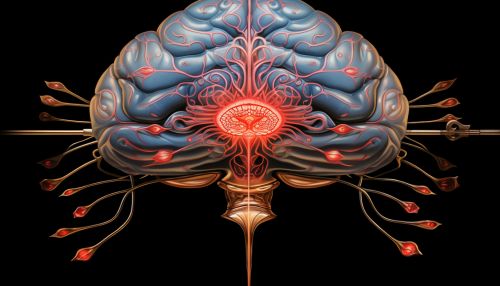
Clinical Significance
Abnormalities in the amygdala have been implicated in a variety of psychiatric disorders. For example, individuals with anxiety disorders, such as post-traumatic stress disorder (PTSD) and phobias, often show hyperactivity in the amygdala. On the other hand, individuals with psychopathy, a disorder characterized by lack of empathy and antisocial behavior, often show reduced amygdala activity.
The amygdala is also involved in neurodevelopmental disorders, such as autism spectrum disorder (ASD). Individuals with ASD often show abnormal amygdala development and function, which may contribute to the social deficits characteristic of this disorder.
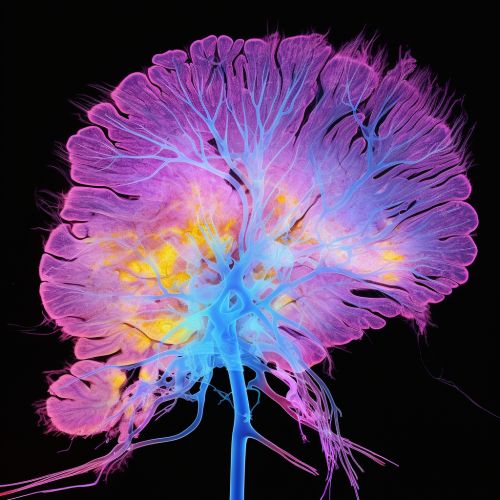
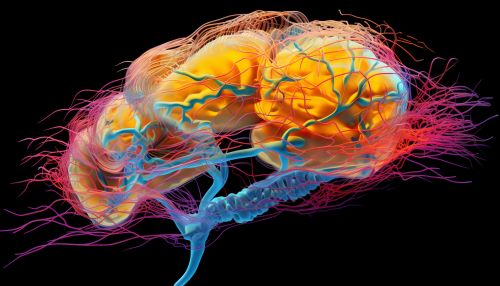
Research
Research on the amygdala has provided important insights into the neural basis of emotion. Techniques such as lesion studies, neuroimaging, and electrophysiology have been used to investigate the structure and function of the amygdala in both humans and animals.
Current research is focused on understanding the precise roles of the different amygdala nuclei, the molecular mechanisms underlying amygdala function, and the ways in which the amygdala interacts with other brain regions. This research has the potential to inform the development of new treatments for psychiatric disorders.
